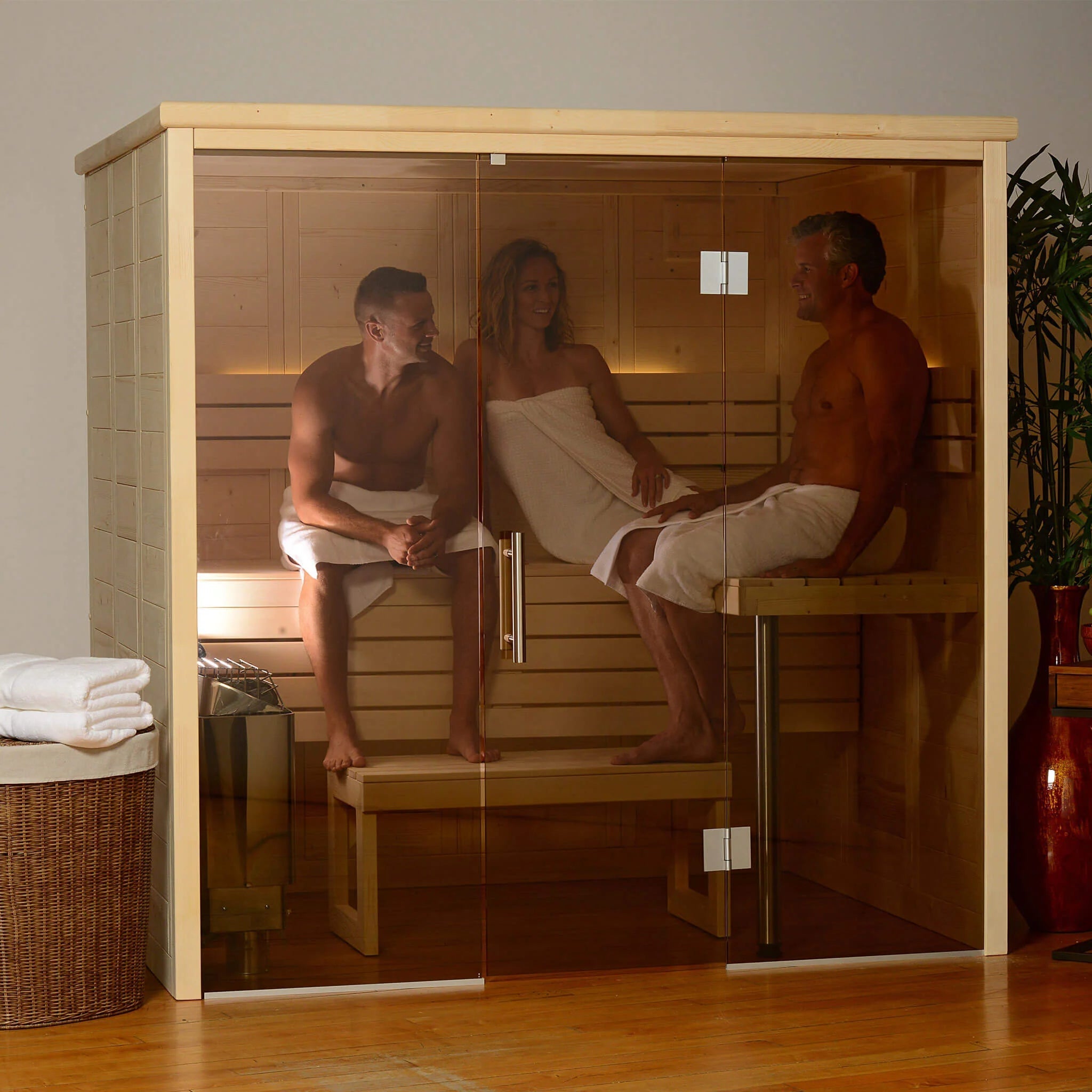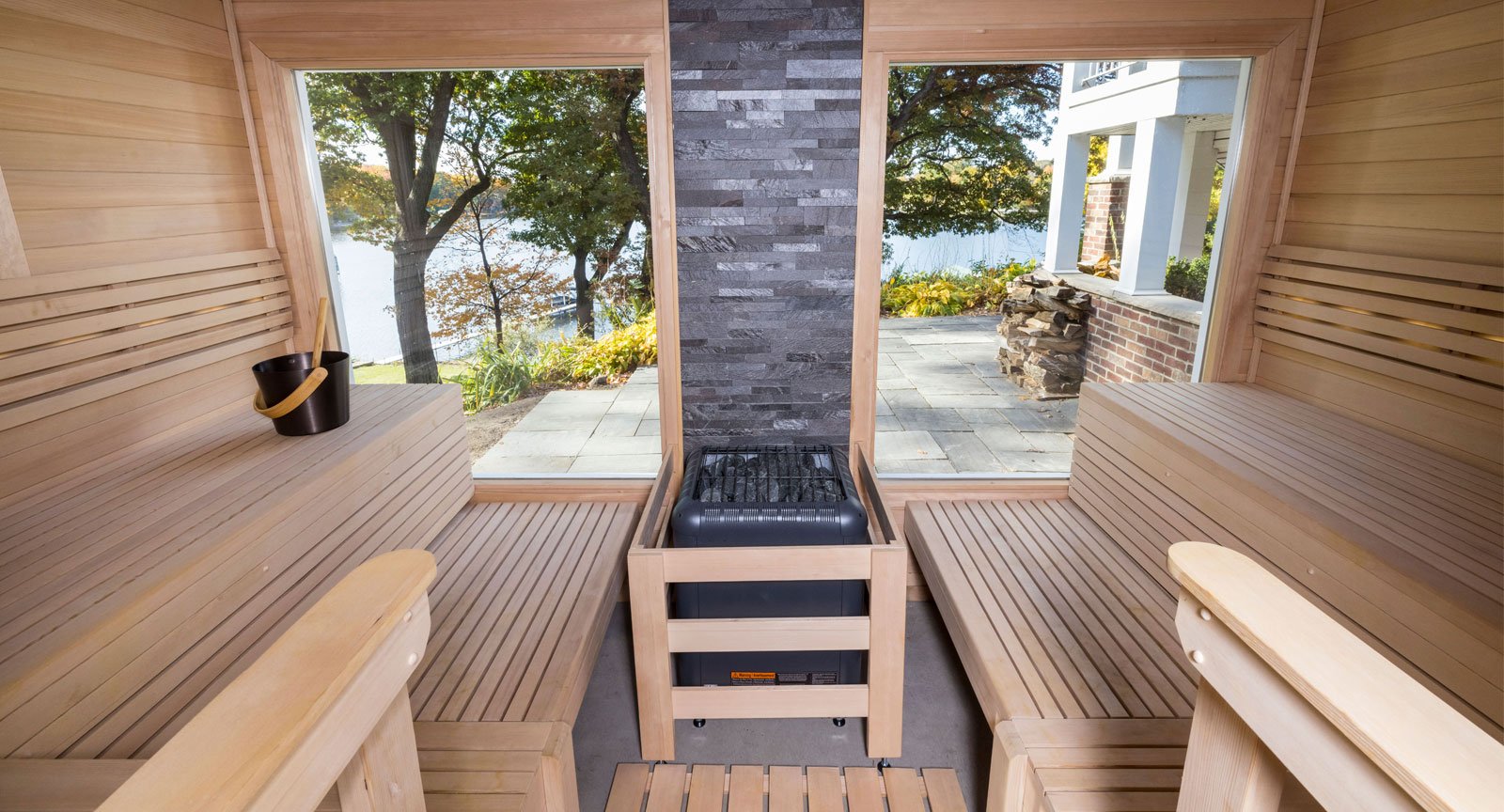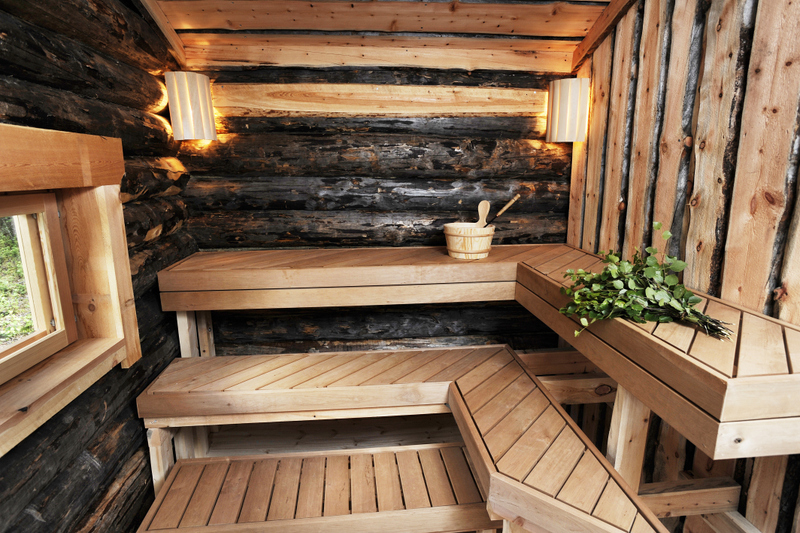Little Known Facts About Traditional Sauna.
Little Known Facts About Traditional Sauna.
Blog Article
3 Easy Facts About Traditional Sauna Explained
Table of ContentsGetting The Traditional Sauna To WorkUnknown Facts About Traditional SaunaSome Known Details About Traditional Sauna Little Known Questions About Traditional Sauna.Our Traditional Sauna Statements
A lot of the weight lost in a sauna is water loss and is re-gained upon rehydrating. However, undeniably sauna can be a fundamental part of a healthy fat burning program. To consider the distinctions in between traditional and IR saunas, I will divide these into proven, academic, and fabricated distinctions.Thus, the most popular point in the saunawhich is at the ceiling directly over the sauna heateris commonly between 185 and 190 F. Claims that a standard sauna goes beyond 200 F is just not true and not suitable for electrical saunas marketed in the United States. The temperature level for a far-infrared sauna is generally set between 120 and 140 F; however, unlike the conventional sauna, the goal in and IR space is not to accomplish a high temperature.
As a result of this, the temperature difference is virtually pointless, considering that excessive sweating results in both sauna types, however the approach of heating the body is different. In an IR sauna the bather will really feel warm and will certainly sweat a lot, but at a lot reduced temperatures (Traditional Sauna). Thus, if the goal is to spend longer durations of time in the sauna, the IR sauna is a good selection
When a standard sauna has actually been properly heated, the sauna walls are cozy, the air temperature has actually attained established temperature and the rocks are extremely warmed. As a fascinating side note, the warmed walls and the rocks are producing far-infrared warmth, combined with the heated air, to develop an "wrapping up warm".
The Only Guide for Traditional Sauna

When the high temperature level is achieved, the components cycle on and off to maintain the heat. The majority of standard sauna users delight in putting water over the rocks to produce steam to increase sauna moisture degrees. The benefits of pouring water over the rocks include: making the room much more comfortable, dampening the nasal flows, and allowing the usage of aromatherapy by blending crucial oils with the water.

When the power gets in the body, it triggers the body temperature level to enhance and ultimately leads to perspiration. In an infrared sauna it is very important for the emitters/heaters to stay on almost constantly. Because there is no mass of rocks to preserve warm, the sauna will cool if the emitters turned off.
As discussed above, the sauna bather in an infrared room wants to position himself before running emitters to obtain maximum gain from the heat. The heating time for both areas can be really different, relying on just how helpful site the rooms are utilized. For a conventional sauna, a bather must allow 30-40 mins for the area to attain a desired temperature level and to properly pre-heat the rocks.
Getting The Traditional Sauna To Work
A well constructed sauna will generally achieve a temperature of 150-160 F in about 30-40 mins. For hotter temperature levels, the room might require to warm for a longer duration.

Typical saunas tend to be larger (for this reason make use of more electricity) than infrared saunas, although typical saunas are absolutely offered check my reference in one and two person dimensions. For a two-person standard sauna, 5x6 or 5x7 size is most popular. The top bench can conveniently seat 2 or 3 individuals and is likewise long sufficient to rest during the sauna session.
The Main Principles Of Traditional Sauna
The go to this web-site average expense per kWH of electrical energy in the U.S. is roughly $0.11, so a 4.5 kW heating system will certainly set you back roughly $.50 to compete one hour, if the heater runs constantly for one hour. Typically a sauna heating system will run for 75% of the initial hour and 50% of subsequent hours on considering that the elements cycle once the established temperature level is attained.

There is a hardly ever gone over difference in the social experience between the two rooms. While our culture has lost a few of the social advantage of the traditional sauna experience, it can be extremely socially rewarding (Traditional Sauna). From family members time in the sauna, to heart-felt conversations with substantial others, to sauna partiesthe standard sauna experience can result in intimate mingling
Traditional Sauna Fundamentals Explained
Most greater end infrared rooms include colored light therapy, audio systems and full-glass fronts.
Report this page